#romanian culture
Text
"Eighty-year-old Silvia Dan learnt her folk songs at her grandmother’s knee. Having spent her life caring for livestock on her smallholding in the Carpathian Mountains, she’s now starring on an album released in the UK.
Made by Romanian-born, Brighton-based artist Nico de Transilvania, the album – Interbeing – was recorded in the remote village of Nucsoara, where Dan is renowned for the pure beauty of her voice. A team of artists, videographers, photographers and musicians travelled to the village 180km north of Bucharest to record with Dan and local musicians on traditional Romanian flutes.
It is an area that is renowned for its old-growth forests which support lynx, wolves and bears, and is often described as the Amazon of Europe. Illegal logging has severely affected the region, so de Transilvania wanted to record the album as a way to use music to restore some of the damage. Every copy of the album sold will go towards planting native trees that are properly protected in law, in a project personally overseen by de Transilvania via her nonprofit Forests without Frontiers. So far the organisation has planted 150,000 trees over the last three years.
For Dan, whose grandmother wrote all her own folk songs, it feels right that they are now helping to restore the forests that inspired her.
“The album means a lot to me, it makes me proud that future generations will hear my ancestor’s songs – music and nature are embedded in our blood,” she said. “I am so happy that money raised will help to restore the landscape near my village – it has been devastating to see the destruction, and this project gives me hope.”"
-via Positive News, 2/20/23
#romania#slavic#eastern europe#traditional music#romanian culture#folk music#folk songs#cultural preservation#deforestation#conservation#music#good news#hope
1K notes
·
View notes
Text
Dragobete
A romanian valentine's day.
The son of Baba Dochia (another folkloric being in our mythology), Dragobete is the patron of love and bringer of spring. His coming is awaited with flowers. His calling is to kiss the girls on this day, 24th of February, because the girl who isn't kissed shall remain single the whole year.
Dragobete, or Dragomir by his first name, is a young god, beautiful, a lover by nature, strong and charming, bringing joy in people's lives. Because no one knew who his father was, they assumed it was the Spirit of the Mountain.
When our loverboy was born, four ursitoare (fairies godmother) came to offer him the most generous of gifts. The first one, Spring, blessed him with love. Summer, the second one, gave him the sweetness of ripe fruits. The third one, Autumn, gave him a flute, to bring joy to those who hear him play, while Winter, the fourth fairy, offered him a white coat, adorned with diamonds and a red belt, sewn with pearls. The coat was designed to grow with the boy, never getting dirty, no matter how much he wore it. Because of these gifts, Dragobete managed to make every girl he wished, fall for him.
As he grew, he took the path of mountains, hearing the call of his parents, to learn all about plants and animals. Which is why, in the folk belief, Dragobete is also the protector of birds and herbs.
Another belief have him turned by his mother into a medicinal plant called Năvalnic. The plant is used in love spells and treating wounds.
to celebrate Dragobete, the girls go in forests and plains in search of the first flowers of spring and hang them on icons to be young and beautiful and keep away all jealousy and bad thoughts sent their way. dried flowers are thrown in a running water on Sânziene day, so all the evils will go away with them. if they found ripe berries, they'd take the flowers and make bouquetes that were put in their water, as they washed their hair while saying „Flori de fragă
Din luna lui Faur
La toată lumea să fiu dragă
Urâciunile să le desparți”. (Berry flowers of the month of February, make it so that everyone likes me, cast away all ugly thoughts and wills from me)
the boys would pick ghiocei (snowdrops) and bring them home, because an old saying goes "as many flowers in your house, as many chickens in your farm"
those who are single on Dragobete, or don't manage to kiss, or the very least touch, a person of romantic interest, are doomed to another year without finding their soulmate.
those who have a partner and spent even a second with them on this day, will be together the whole year.
if you dream of your crush the night of Dragobete, speak to them and their heart shall open for you.
anyone who sees a pupăză (hoopoe) on this day, will be lucky all year long and if you see a pair of birds, you'll always be loved (birds are known to chose a mate this time of year).
early in the morning, young women would also search for remaining snow, melt it and wash their hair and face with it, to have clean skin and healthy hair.
another belief says that if you go on a date on Dragobete and don't kiss, you and that person will break up
as a boy you have to drink a special tea, made with sour cherry brenches to have a chance at love the year that's to come.
if men are mean or fight with women on this day, their spring will be filled with bad luck and they'll have an awful year
everyone should be happy on 24th of February, to honor Dragobete and convince him to bring them a lover
in some places, girls would put busuioc (basil) under their pillows to dream the face of their soulmate
in other parts, girls would run, chased by boys. if a girl was caught and she liked the boy, they'd kiss as everyone watched, which symbolized their wedding in the fall.
and some other places sent their girls – who haven't eaten or washed that morning – to pick popelnic (a type of wood) and wash their hair with it, leaving behind as an offering to the god, bread with salt and eggs. in the meantime, the guys dance in horă (a type of dance where people hold each other in a circle and, well, dance) and pick ghiocei (snowdrop)
Dragobete is, as you might have noticed, quite a pretentious god. on top of it all, he doesn't like you killing or sacrificing animals on his day. nor does he want you to sow, wash anything, iron clothes or work the field. the only work he allows is a deep cleaning of the house
Happy Dragobete, love is in the air!
#romania#romanisme#romanian folklore#romanian culture#romanian mythology#dragobete#romanian legends#folk tales#mythology#cultures around the world#myths#folklore
19 notes
·
View notes
Text







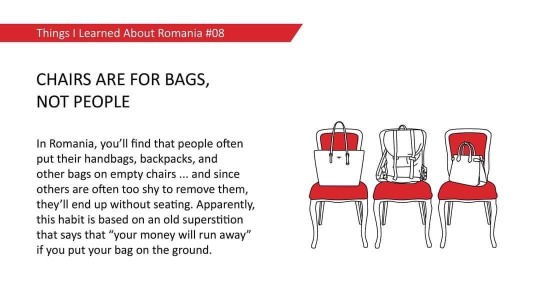

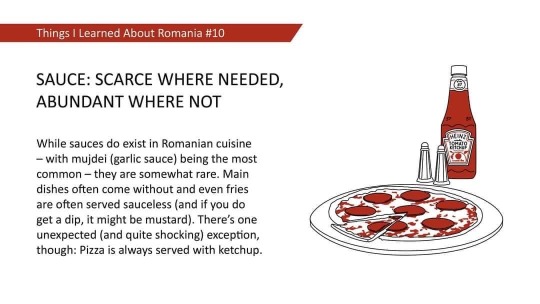
Observations by Ingo Tegge Part 1
177 notes
·
View notes
Text
Lista de cumpărături a lui Ghiță be like:
✅️ 2 câini (fioroși și buni de dresat!)
✅️ 2 pistoale (să ajungă)
✅️ o sluga
#literatura romana#romania#autori romani#literatura#romanian culture#romanisme#poezie#romanian literature#bac#bacalaureat#moara cu noroc
21 notes
·
View notes
Text
26 notes
·
View notes
Text

Romanian ensemble, ca. 19th century, The Costume Institute at the Metropolitan Museum of Art
#vintage fashion#romanian clothing#romanian culture#costume institute#metropolitan museum of art#murder she queued
10 notes
·
View notes
Text
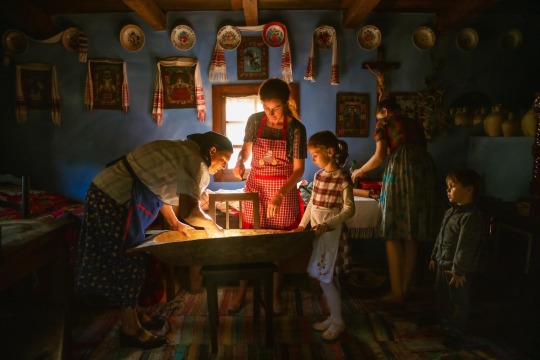
Romanian family, photo credit to Jeno Major.
3 notes
·
View notes
Text
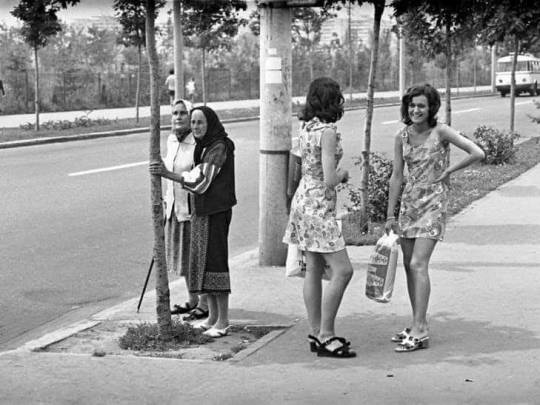
Telegramă despre moda anilor ‘70, Bucuresti
📸 Yuri Krivosonov
#telegramadinbucuresti #bucharest #telegram #bucurestiulsecret #oldbucharest #fashion #anii70 #the70slife
14 notes
·
View notes
Text
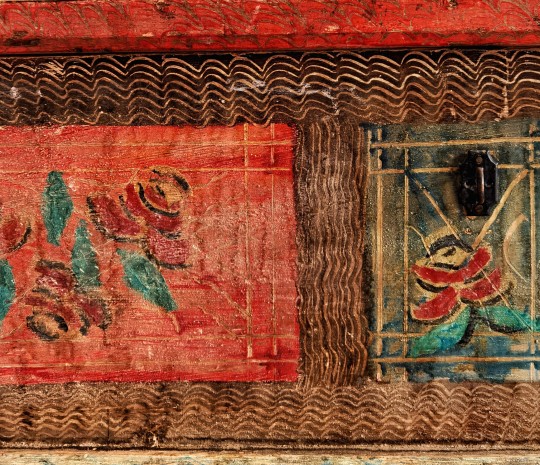


Details on dowry chest from Tecuci-Kalinderu, Teleorman [România]
#romanisme#romania#Tecuci#Tecuci-Kalinderu#romanian folklore#dowry chest#ladă de zestre#cats#eastern europe#balkans#romanian culture
50 notes
·
View notes
Photo
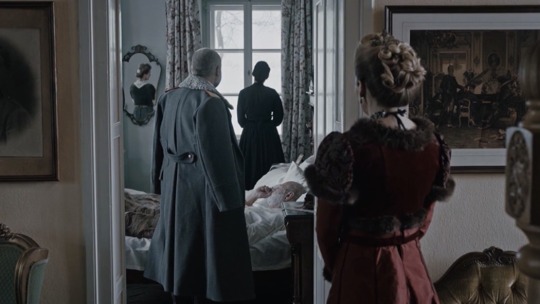
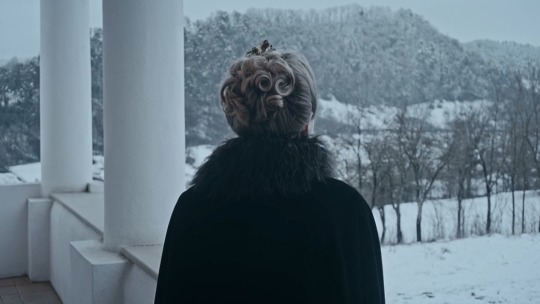

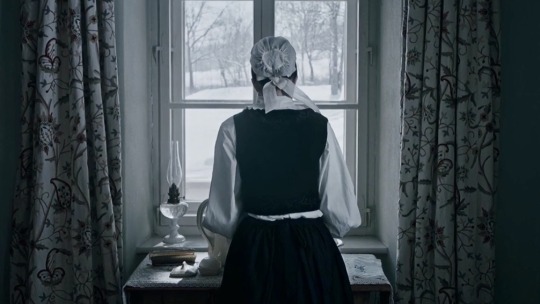


Malmkrog (2020), dir. Cristi Puiu
cinematography by Tudor Vladimir Panduru
#malmkrog#cristi puiu#romanian cinema#romanian culture#cinematography#cinematografia#romanian films#romanian movies#romanisme#manor house#anca puiu#tudor valdimir panduru#mine#the cinematography is in fact [chef's kiss]
39 notes
·
View notes
Text
4 notes
·
View notes
Text
THE BEGINNING OF THE WORLD - romanian edition

There can be no religion without culture and no culture without religion
(that being said, all cultures around the world have their own myth of creation, pre-christian or any abrahamic religion that has spreaded around the globe)
Our myth speaks of a primordial sea... or, rather a primordial ocean, seeing how big it was. In the darkness of the universe, two beings (twin brothers, most oftenly regarded) watched this sea of nothingness and became inspired.
It's worth to mention these beings names: FÂRTATUL and NEFÂRTATUL (yes, if this second one seems.familiar, it is because after christianity was adopted in the region, it became a nickname for the devil, as it was bad to call the fallen angel by any of his given names: devil or lucifer). But mistake not the paganism, so vague in its lines between good and evil that these notions barely existed as well shaped concepts, with its predecesor. None of the twins is supposed to be seen as purely good or purely evil in romanian mythos.
Fârtatul asked the primordial frog, the first animal he encountered in the vast sea, to swim to its bottom and pluck out some mâl (wet sand). Hence, the land came to be.
But there was just a plain terrain, dry and unlivable. So Fârtatul talked with the primordial hedgehog, the first creature to roam the newly made earth. And it became to walk around, digging with its small paws and claws until water sparked to the surface: rivers, lakes, seas and such on. Where the land creaked under the pressure, valleys formed and the puddle of earth the hedgehog threw behind in its search for water became mountins.
However, the twin brother, Nefârtatul, mumbled about the darkness around (for he kept bumping into things in this new world and couldn't see a thing). Therefore, he made the Sun and the Moon, and so the day and night appeared, lighted more or less by their patron own.
Yet, something still was missing. And both Fârtatul and Nefârtatul tried to fill the gap they felt existed. Each made creatures they soon deemed imperfect. First were the giant CĂPCÂNI (later known in our fairytales as căpcăuni). These were humanoid beings, tall enough to catch their feet into the mountains and fumble to the ground. They had half of a human face and half the one of a dog and they were bad for they were violent and mean.
So the brothers raced again with each other and created the BLAJINI. Cute, sweet, dwarves, as the name enables (blajin in romanian means kind, nice). But they couldn't fetch for themselves and the primordial twins took them into their own realm.
Next came the beings with multiple arms, and even later, the halves/halves (half human, half other animals). Until humans were created.
Legends say both Fârtatul and Nefârtatul created humans at the same time. To be like them in all aspects. Therefore some humans are more like Fârtatul and some, like Nefârtatul (remember, there is no good vs. evil concept here).
<<<<<<<<<<●>>>>>>>>>○<<<<<<<<<●>>>>>>>>>>
more will come soon :)
and also soon i shall find in my mess of a computer and link the sources 😔😪
#romania#romanisme#romanian paganism#romanian myths#romanian culture#romanian folklore#cultures around the world#creation myths#eastern europe#balkan#myths and legends#romanian legends#at the beginning#paganism#believes#ancestors#pls don't let this flop
93 notes
·
View notes
Text
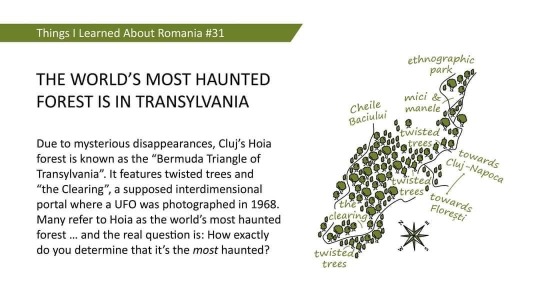







Observations by Ingo Tegge Part 4
158 notes
·
View notes
Text
Personaje feminine din literatura romana ca versuri din melodii <3
Otilia, "Enigma Otiliei" de G. Călinescu
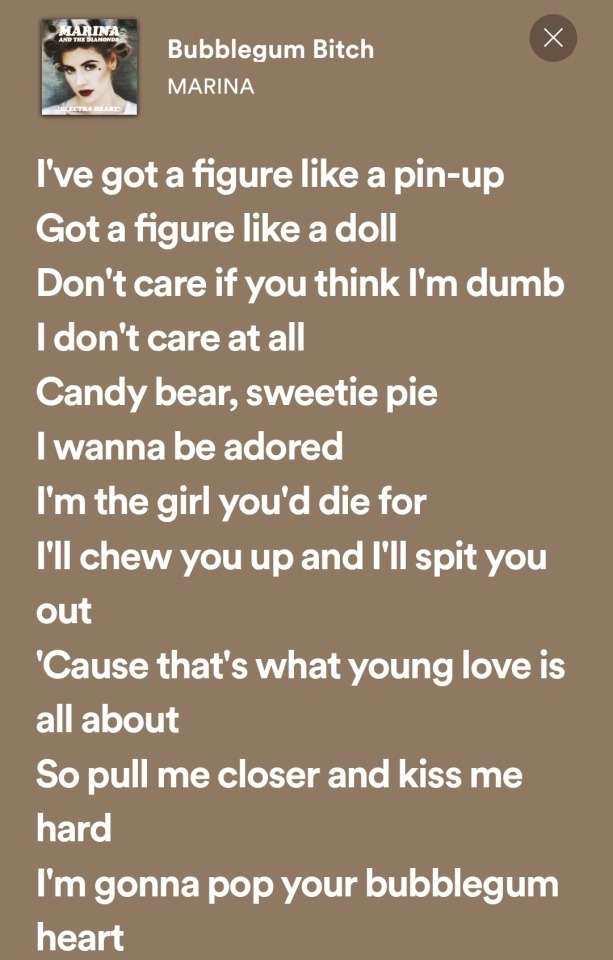
Ana, "Ion" de Liviu Rebreanu

Maitreyi, "Maitreyi" de Mircea Eliade

Ela, "Ultima noapte de dragoste, întâia noapte de război" de Camil Petrescu

Ana, "Moara cu noroc" de Ioan Slavici

#books#literatura romana#romania#autori romani#feminism#romanian literature#literatura#poems on tumblr#romanian culture#old aesthetic
20 notes
·
View notes
Text

"At every station there were groups of people, sometimes crowds, and in all sorts of attire. Some of them were just like the peasants at home or those I saw coming through France and Germany, with short jackets and round hats and home-made trousers; but others were very picturesque. The women looked pretty, except when you got near them, but they were very clumsy about the waist. They had all full white sleeves of some kind or other, and most of them had big belts with a lot of strips of something fluttering from them like the dresses in a ballet, but of course there were petticoats under them. The strangest figures we saw were the Slovaks, who were more barbarian than the rest, with their big cow-boy hats, great baggy dirty-white trousers, white linen shirts, and enormous heavy leather belts, nearly a foot wide, all studded over with brass nails."
-Jonathan Harker
3 May
42 notes
·
View notes